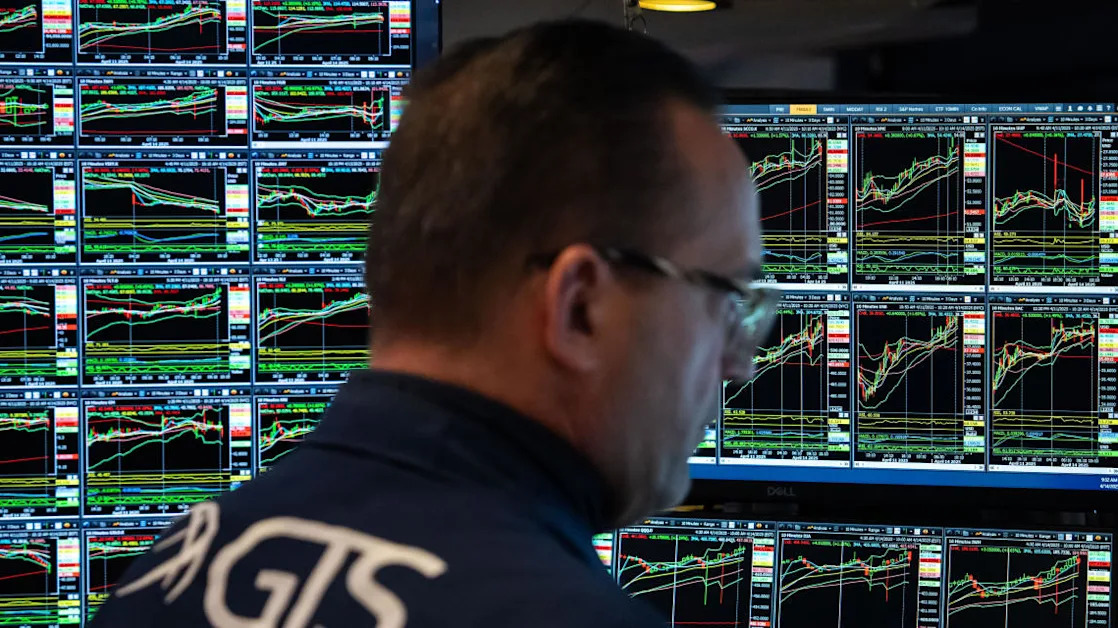
The Post-Covid Era of Ultra-Calm Markets Is Over
The era of ultra-calm markets is now a distant memory.
Stocks steadily marched higher for much of the past two years, clinching dozens of records. Selloffs were brief and infrequent: Last year, the S&P 500 completed a 356-session streak without a daily decline of 2% or more, its best such stretch since one that ended in February 2007, according to Dow Jones Market Data.
Most Read from The Wall Street Journal
President Trump’s trade policies have upended that tranquility, sending stocks tumbling and creating stomach-churning moves along the way. All three major U.S. stock indexes are down at least 6% this year. The Nasdaq Composite, once propelled to dizzying heights by the AI boom, is in a bear market, a 20% drop from its recent high. The U.S. stock market has added and lost trillions of dollars of value during a single session, sometimes in a matter of minutes . Recession expectations have changed by the hour .
Analysts fear tariffs could send inflation higher and tank the economy’s growth. That has led some investors to abandon go-to investing strategies like “buy the dip” and flail for a new playbook befitting a period of uncertainty.
“There’s going to be punches, and you don’t know where they’re going to come next,” said Amy Wu Silverman, head of derivatives strategy at RBC Capital Markets. “There’s been such tectonic shifts.”
The Cboe Volatility Index, known as the VIX or Wall Street’s fear gauge, has swung wildly in recent days. The VIX spiked one day earlier this month to its highest level since the Covid-19 crash. A day later, it notched its largest daily percentage decline on record.
Trading volumes have skyrocketed, underscoring investors’ frenetic attempts to protect their portfolios. More than 98 billion shares changed hands on the New York Stock Exchange and Nasdaq last week, the highest weekly volume on record, according to DJMD.
Even seasoned money managers and analysts have hit snags trying to make sense of the market’s violent churns.
“The volatility has been so dramatic that we chose not to have our designers put in a chart of the S&P 500 in this commentary because it could be off by 5% by the time it’s published,” strategists at LPL Financial quipped in a Monday note.
The Trump administration has acknowledged the uneasiness that changing tariff policies have caused. Trump said last week that he paused the bulk of his reciprocal tariffs due to “yippy” reactions . Treasury Secretary Scott Bessent said Monday that he believes that markets will calm down.